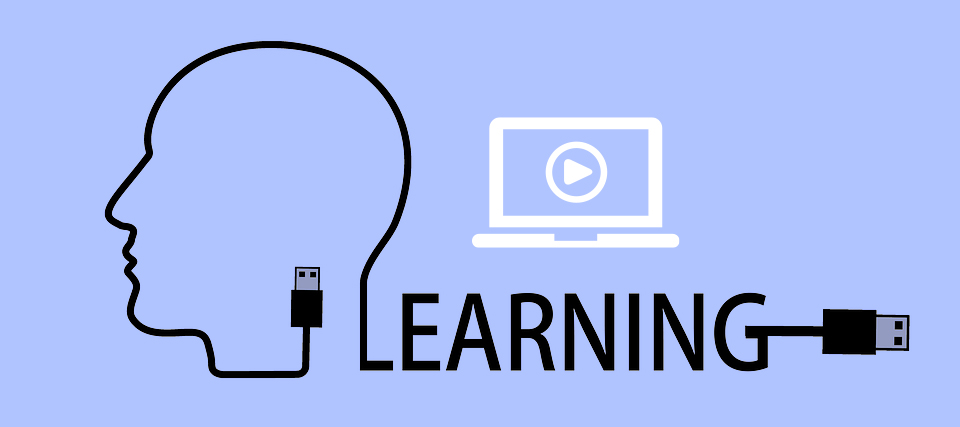
Have you heard of TikTok? If not, let me introduce you to this new kid on the social media block that uses 15-second videos. It is currently one of the fastest growing apps with over 1 billion users, and 800 million active monthly users. It was amongst the top five downloads in 2019 in Google Play and App Store. Average users spend about 52 minutes per day on TikTok. The majority of them are in the 14-30 age group, making the app a potential tool for education.
Even though it may come as a surprise for many of the readers, some schools in the USA are already having TikTok Clubs, and teachers are using TikTok for student engagement. One of the reasons they strongly proffer is that learners are already having an account on the platform, and it is better to leverage the affordances of the technology to engage them in creative learning using video. While TikTok videos are largely funny and therefore go viral quickly, it is not easy to prepare a message in a 15-second video. It requires lots of creativity, as well as efforts to create meaningful messages that are liked by large number of users.
The platform also provides everyone, the women at home and men on the street, the freedom to express themselves and get noticed. However, there are also many teachers who are concerned about privacy issues, as there is usually lack of clarity about data use from social media platforms. As a very popular social-media platform in India, it has launched an EduTok programme in the country. At the time of writing this blog, the EduTok hashtag had received over 66 billion views. Though much of these uses are driven by marketing, there are innovative uses of TikTok, for example, to teach Mathematics and English.
Video has changed the way we learn. Platforms like YouTube and Teacher Tube have especially enhanced the consumption of video for educational purposes. About 500 hours of videos are uploaded to YouTube every minute. Over 70% of searches on YouTube are for “How to” videos, signifying that video has become a way of learning. Learning platforms like Khan Academy and TED Talks have further propelled the use of video for learning on the go and just in time. The growth of massive open online courses (MOOCs) is yet another development that increased the use of video for teaching and learning. Most MOOCs are largely dependent on teaching through videos. According to a prediction by Cisco, 82% of traffic on the Internet will be video by 2022. Kaltura’s State of Video in Education report 2019 shows that 98% of learners see video skills as necessary in today’s workplace, and 86% think that today’s educators must include video in their teaching.
Video provides several pedagogical affordances, which include: provision of realistic experiences, motivational influence, ability to control and review, and engage students as creators. Creating a good educational video requires not only knowledge and skills of camera operation and editing/ video production, it also requires understanding of multimedia learning, especially the Cognitive Load theory, which says for a quality video learning experience, the designer should consider intrinsic load of the topic, reduce the extraneous load, and optimize germane load to help mentally organise the information presented. Richard Mayer’s Multimedia Principles say that an effective video should focus on: (i) Coherence principle – learning is better when extraneous materials are excluded, and only strictly necessary content is covered; (ii) Segmenting principle – learning is better when content is presented in small chunks. Recent research on the engagements of video shows that learners mostly use videos of six minutes or less with one concept; (iii) Contiguity principle – learning is better when corresponding words and pictures are presented close by; and (iv) Signaling principle – learning is better when cues are used to direct learners’ attention to key concepts. These principles and guidelines are useful for longer videos.
A TikTok video is just about 15 seconds, and therefore, by default, it forces the user to focus on only one key idea and the multimedia principles are easily taken care of. The platform looks like it was designed for learning. Nevertheless, a key lesson we can get from TikTok is to use 15-second videos in our pedagogical practices, whether we use the platform or not. What you need is only a mobile camera and some skills to shoot and edit. This kind of educational video will be sharp-focused to help memorisation and understanding of key learning on any topic. It could be a very creative way to keep learners engaged. It will provide video skills to the learners and help them develop communication skills that are critical in the workplace. Some ways to use 15-second videos are: as a talking head for passing on information or asking a question, demonstrating a step for skills development, showing practice on the field for behavioural change, two-person interaction to share perspectives, comparing situations to emphasise a key learning point, etc.
Beyond the use of short 15-second videos for teaching and learning, TikTok type videos could help educate everyone about the challenges of achieving sustainable development. They can therefore play a huge role in behavioural change communication. TikTok campaigns related to environmental pollution, climate change, violence against women, substance abuse, child labour, early and forced marriage, gender equality, etc. can help raise awareness and change mindsets.
Are you game for EduTok?


